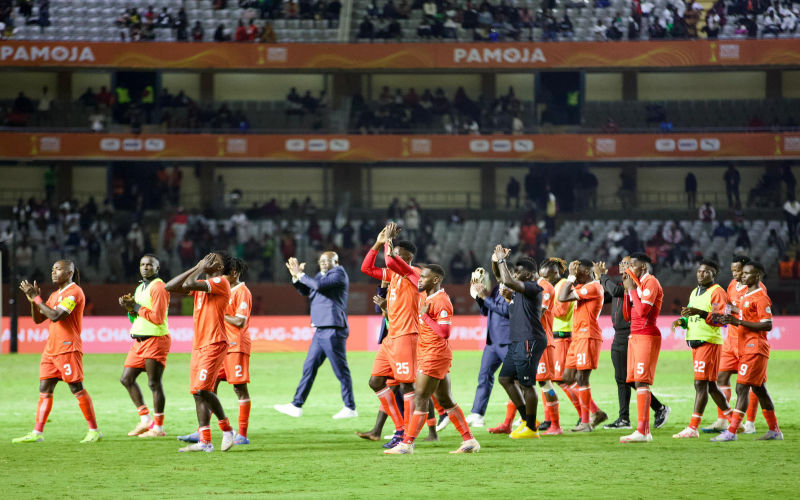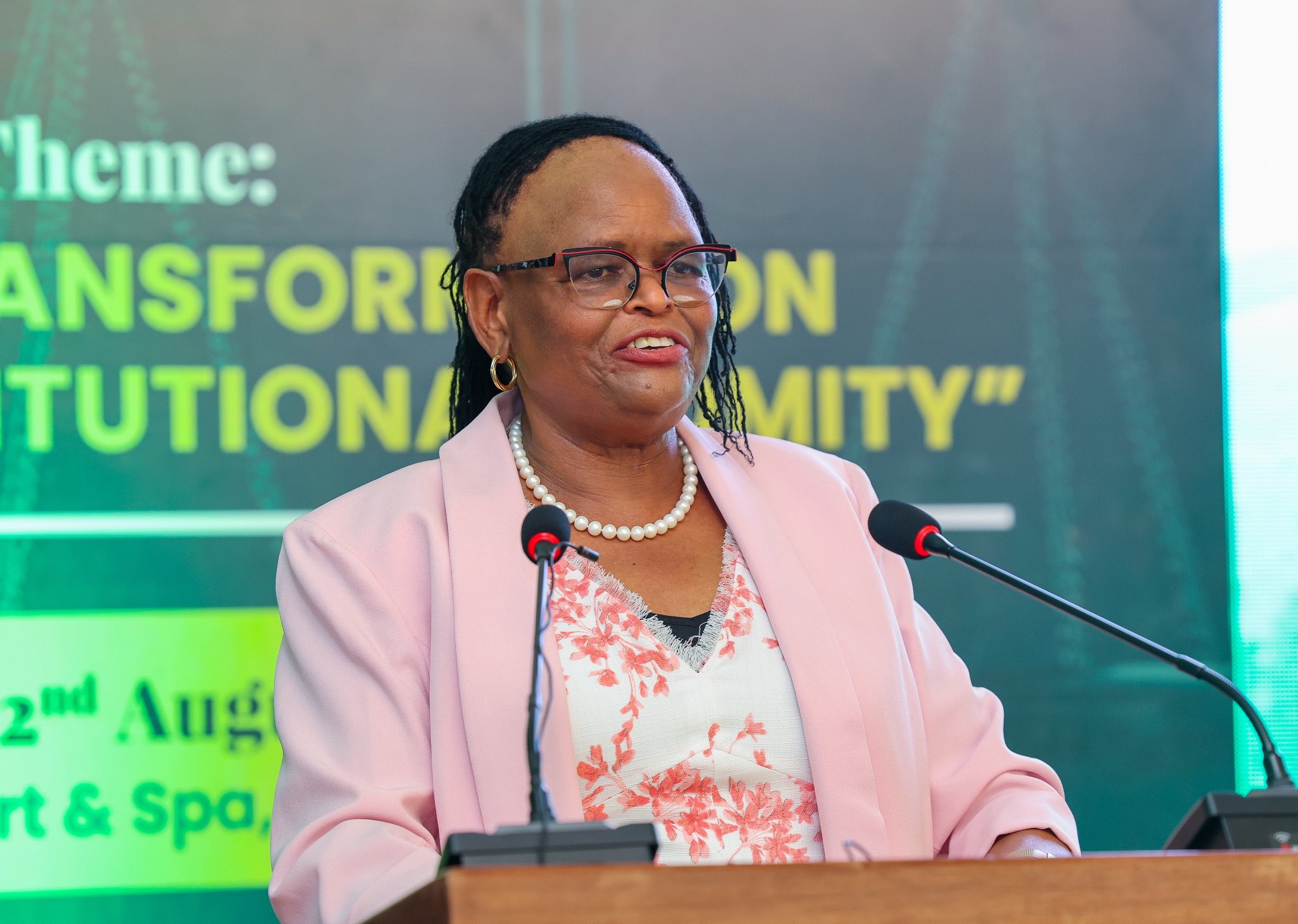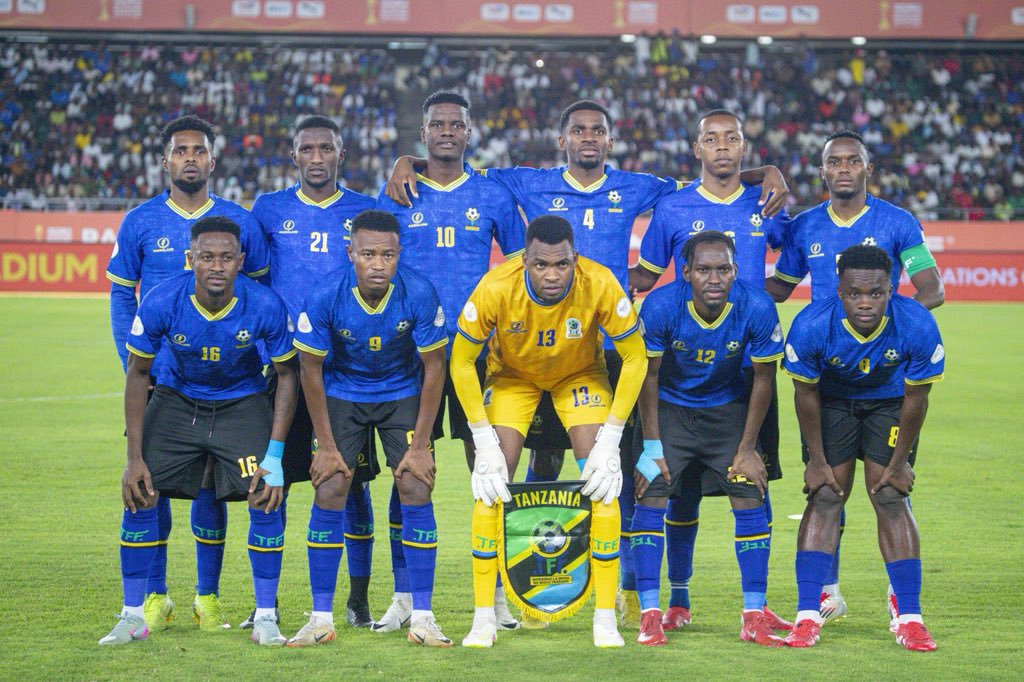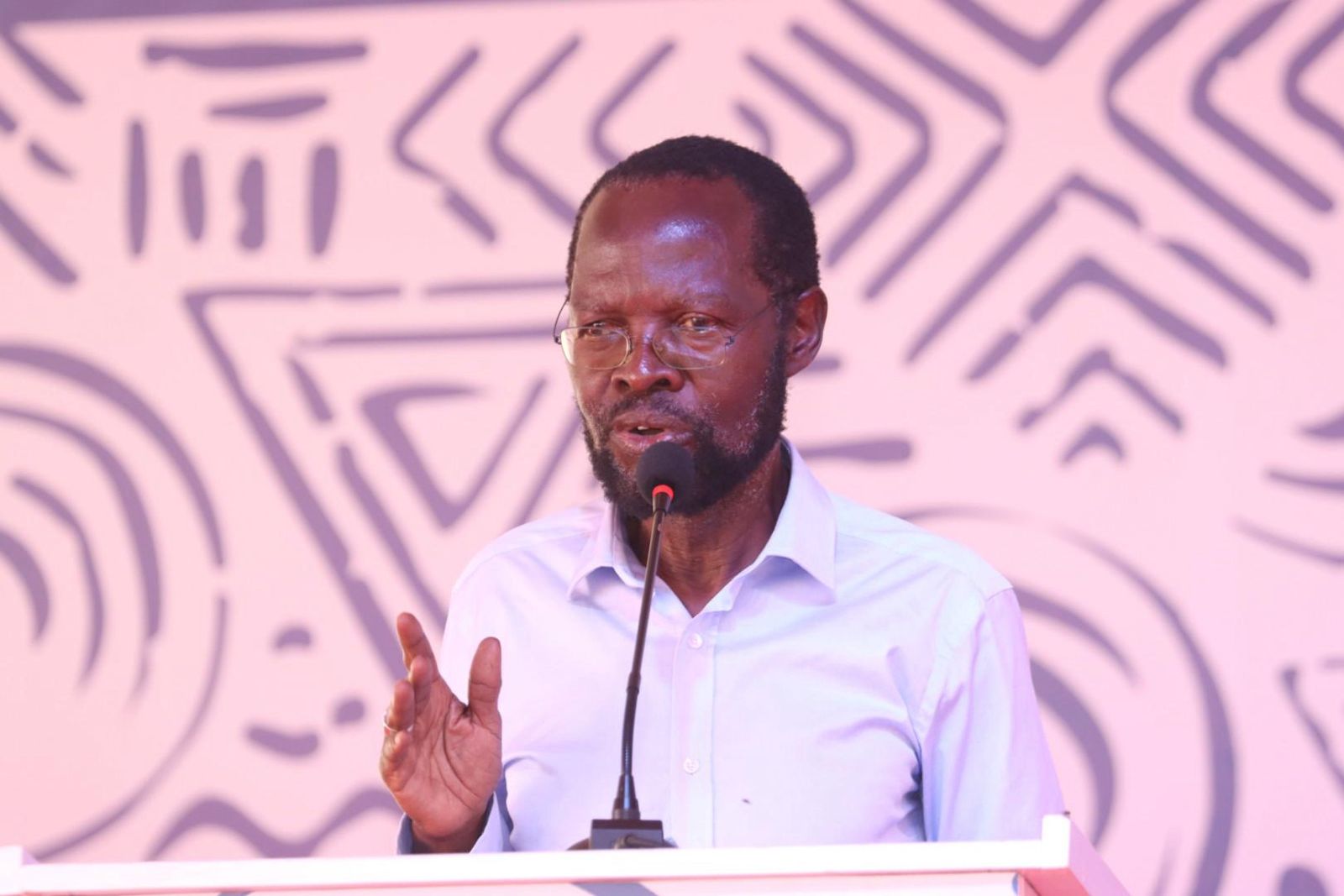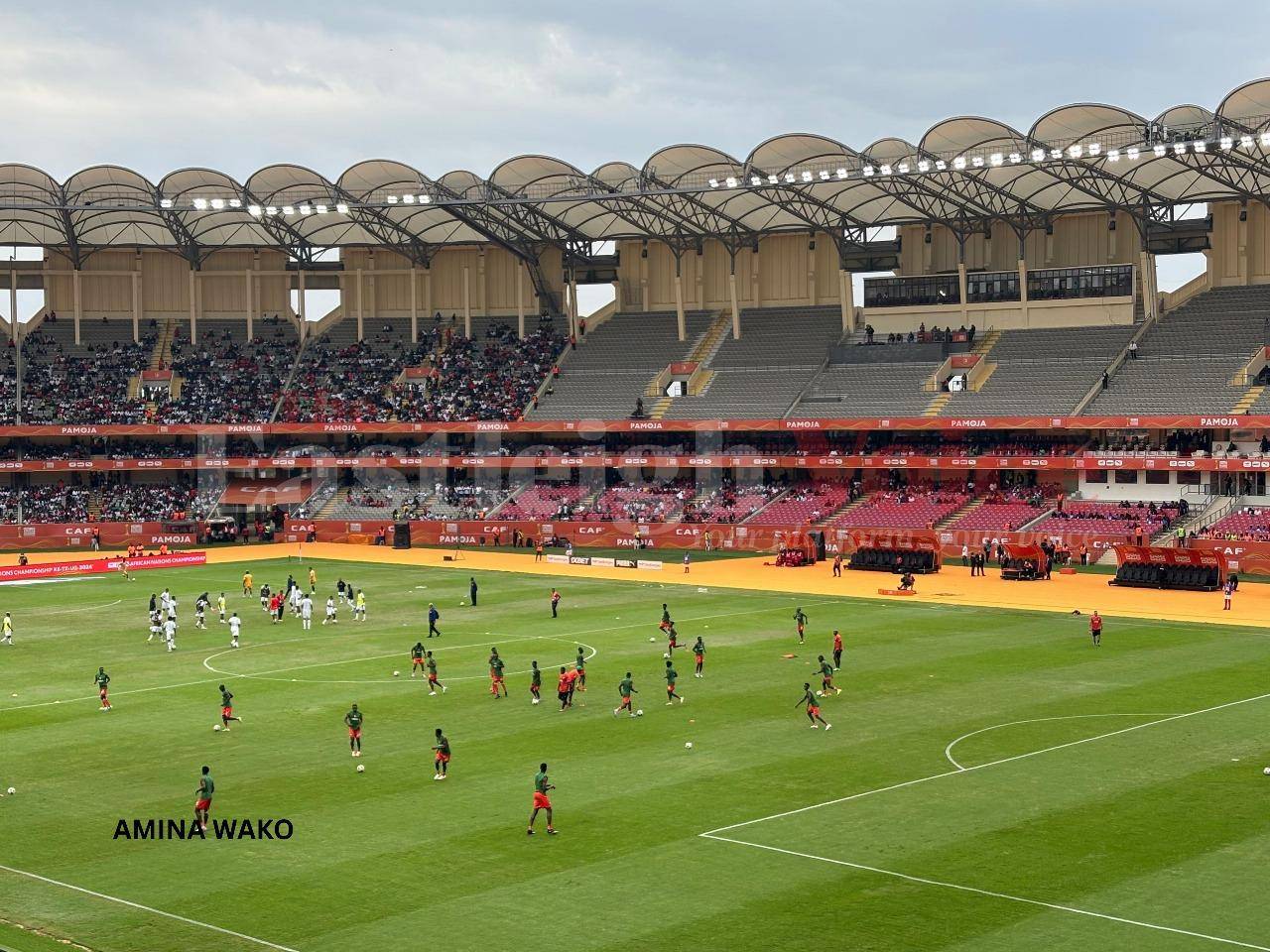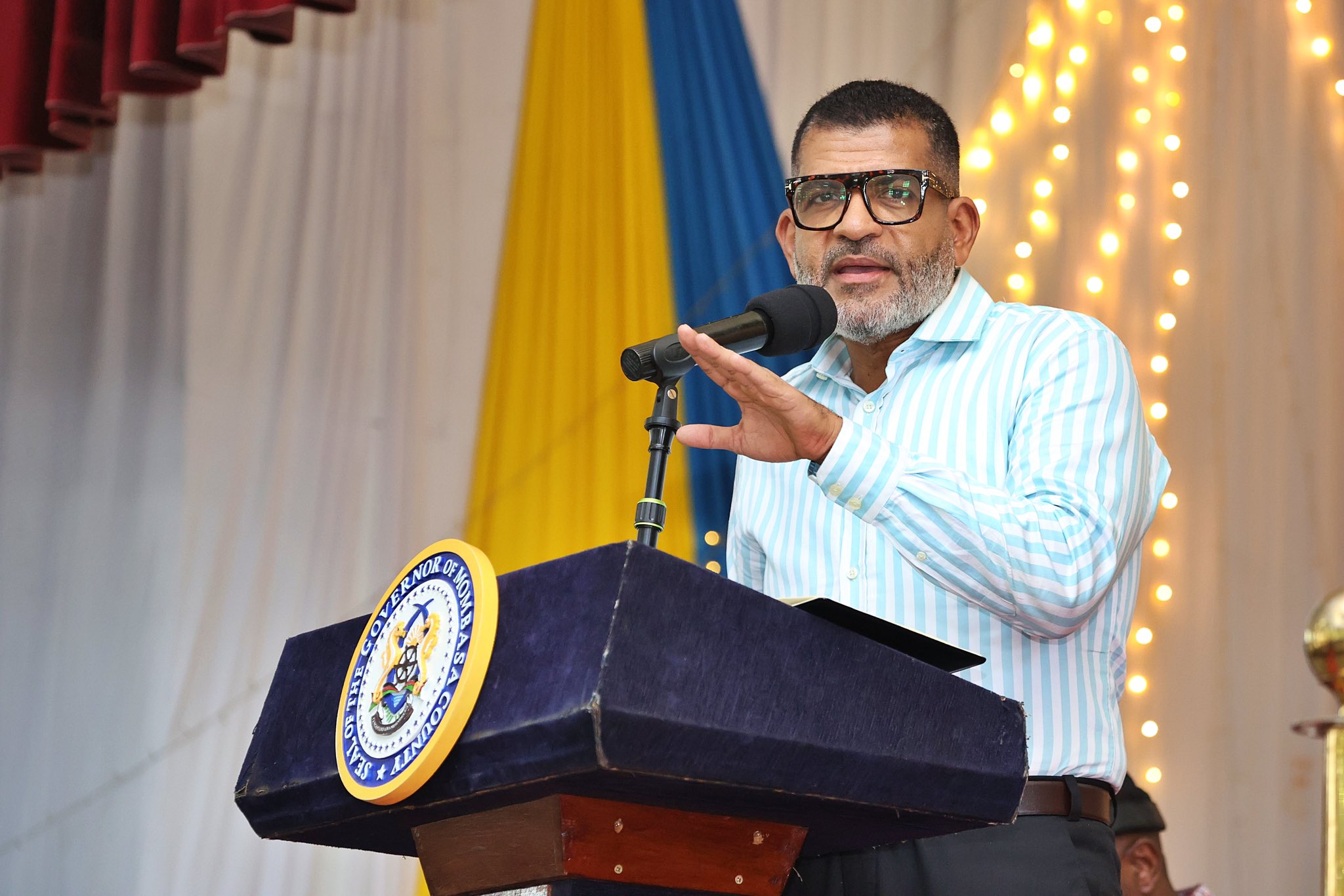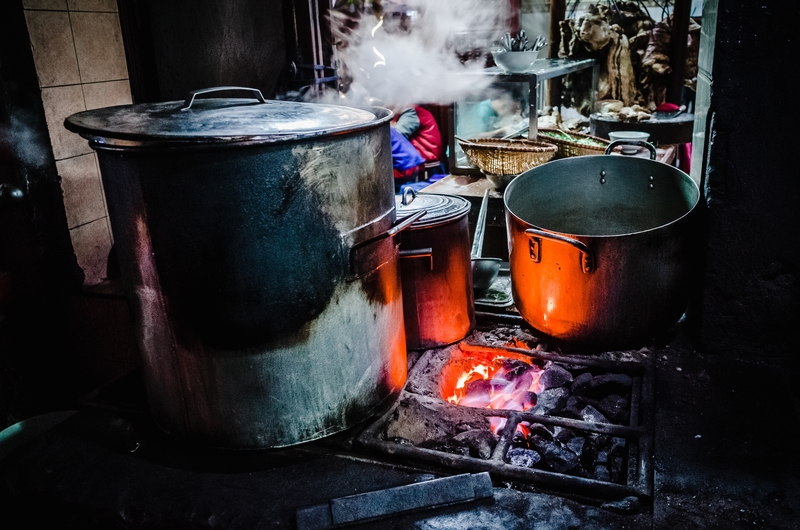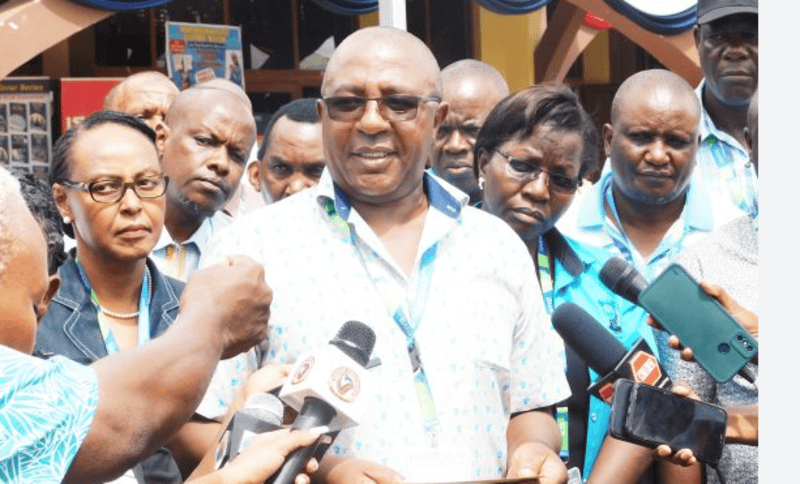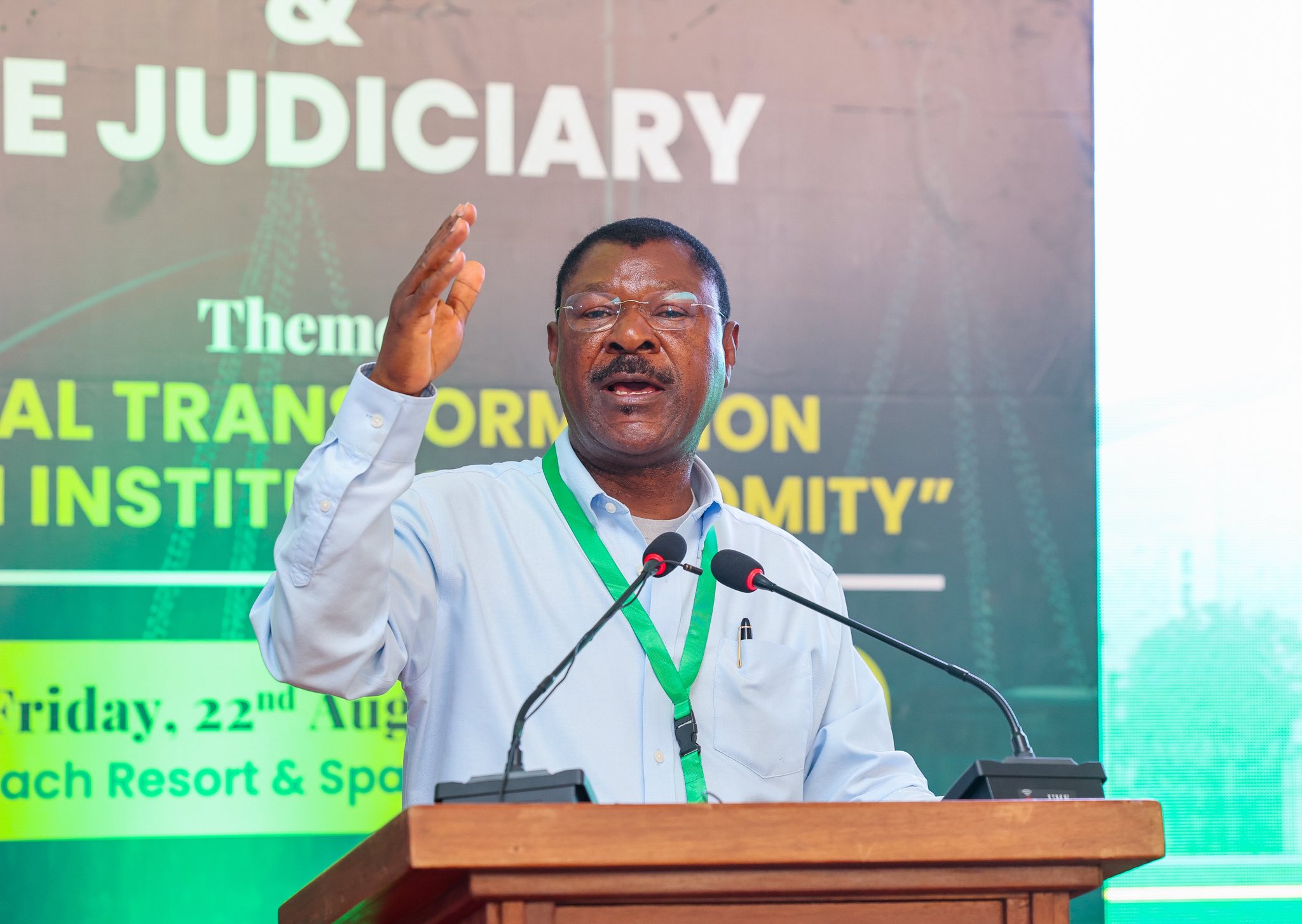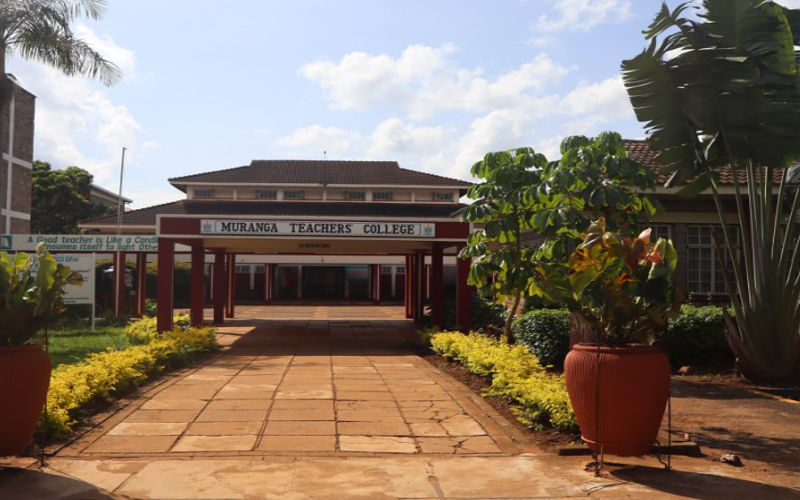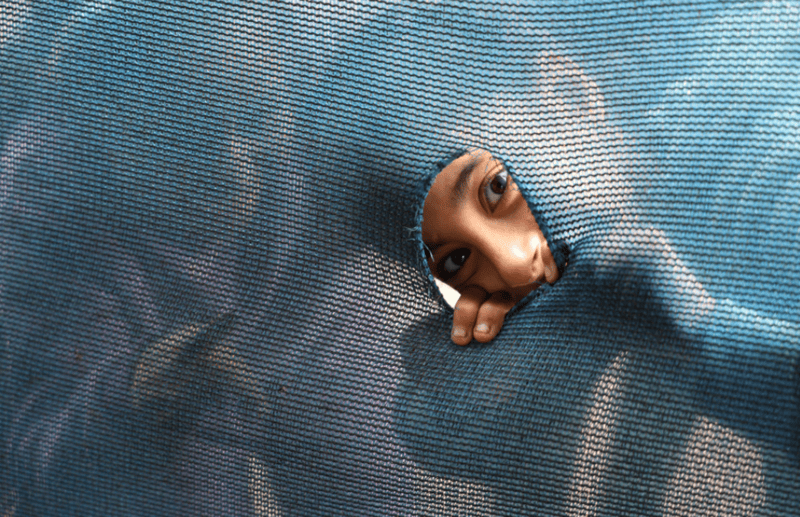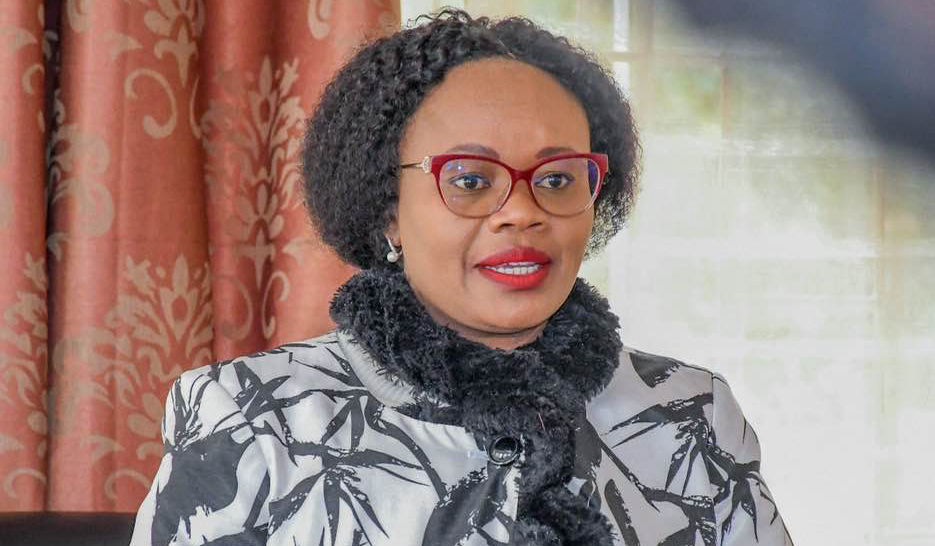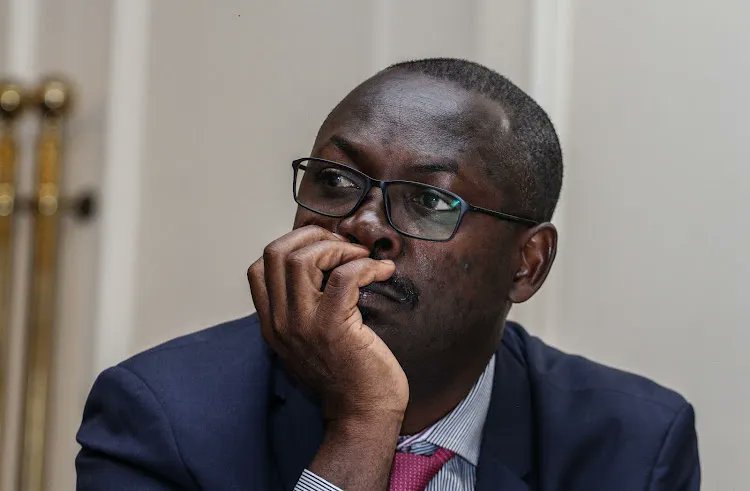Humanitarian aid in Somalia reaches only 24pc of target amid severe funding shortfall
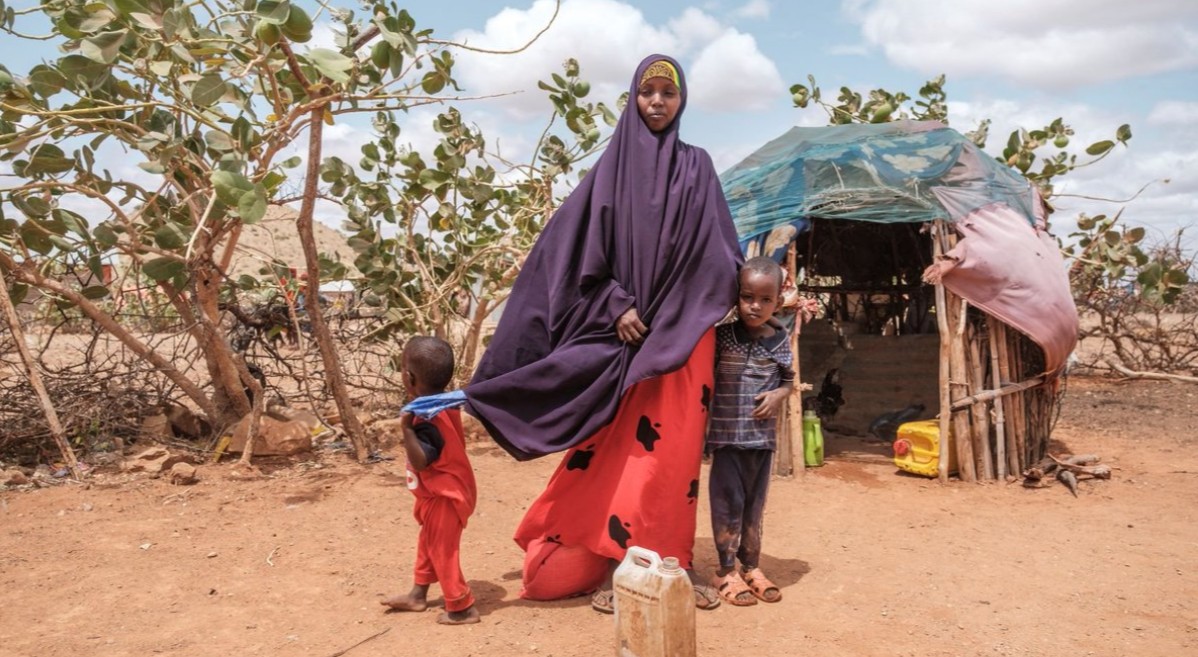
Almost half of Somalia’s people, 47 per cent, are still affected by repeated floods, droughts, conflict, disease, and displacement, all of which disrupt their lives and way of living.
Despite funding aid, humanitarian agencies in Somalia have managed to reach a quarter of their target population in the first four months of 2025, as critical shortages hamper efforts to deliver lifesaving assistance.
According to the latest Humanitarian Dashboard by the UN Office for the Coordination of Humanitarian Affairs (OCHA), only 1.08 million people, 24 per cent of the 4.57 million targeted, received multisectoral humanitarian support between January and April 2025.
More To Read
- 23 Somali nationals killed after two boats capsized off Italian coast
- US offers Sh1.3 billion reward for information on ISIS-Somalia financial networks
- Diphtheria cases surge in Somalia amid sharp US aid cuts
- UN raises alarm over surge in attacks on aid workers as world marks humanitarian day
- Somalia launches Danabeysan digital signature system to streamline government payments
- Why Kenya is seeking external support for counter-terrorism operations in Somalia
The shortfall is due to a significant decline in funding.
The 2025 Humanitarian Needs and Response Plan (HNRP) requires US$1.42 billion (Sh184.1 billion) to support 4.6 million people across Somalia.
However, as of May 12, 2025, only US$157.3 million (Sh20.4 billion), just 11.1 per cent of the required funds, had been received through the Financial Tracking System (FTS). This reflects an 8.2 per cent drop from February, when funding stood at 12.4 per cent.
“Severe funding cuts have led to a drastic decline in lifesaving aid. But agencies are committed to save lives with the resources they have,” OCHA warned in the report.
The humanitarian situation remains dire.
While the total number of people in need has slightly declined by 13 per cent compared to 2024, an estimated 5.98 million people still require urgent humanitarian and protection assistance.
Recurrent climate shocks
Close to half of Somalia’s population – 47 per cent – continues to suffer from recurrent climate shocks such as floods and droughts, along with conflict, disease outbreaks and widespread displacement that disrupt lives and livelihoods.
At least 4.4 million people are facing high levels of acute food insecurity, and 1.6 million children are projected to suffer from acute malnutrition. Vulnerable groups, including women, children, minorities, and indigenous people, remain disproportionately affected.
The humanitarian response in Somalia is guided by three strategic objectives. The first objective aims to prevent the loss of life by reducing hunger, acute malnutrition, disease, armed conflict and the impact of climate-induced disasters.
3.83 million targeted
It requires US$965.9 million (Sh125.1 billion), yet only 1.0 million people, 26 per cent of the 3.83 million targeted, have been reached.
The second objective focuses on sustaining lives by ensuring access to critical basic services and emergency livelihoods. Out of the 1.92 million people targeted, 740,000, representing 38 per cent, have been reached, against a funding requirement of US$419.4 million (Sh54.4 billion).
The third objective seeks to mitigate protection risks arising from exclusion, denial of access to assistance, displacement, and attacks on civilians. It is the least funded, requiring US$38.6 million (Sh5 billion) and has reached only 540,000 people, 11 per cent of the 4.57 million targeted.
The number of people reached across sectors was calculated based on each cluster’s methodology, factoring in district-level reach relative to HNRP targets, using a selected set of direct indicators.
Despite the massive funding shortfall, OCHA reaffirmed the commitment of humanitarian actors.
“We remain dedicated to saving lives with the resources we have,” it said.
Top Stories Today
